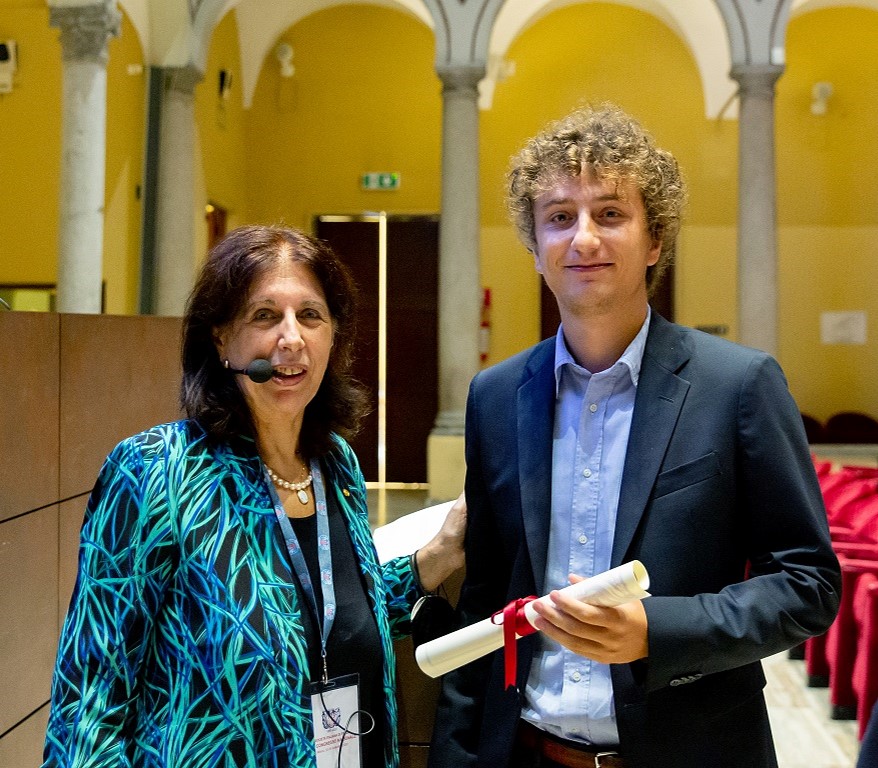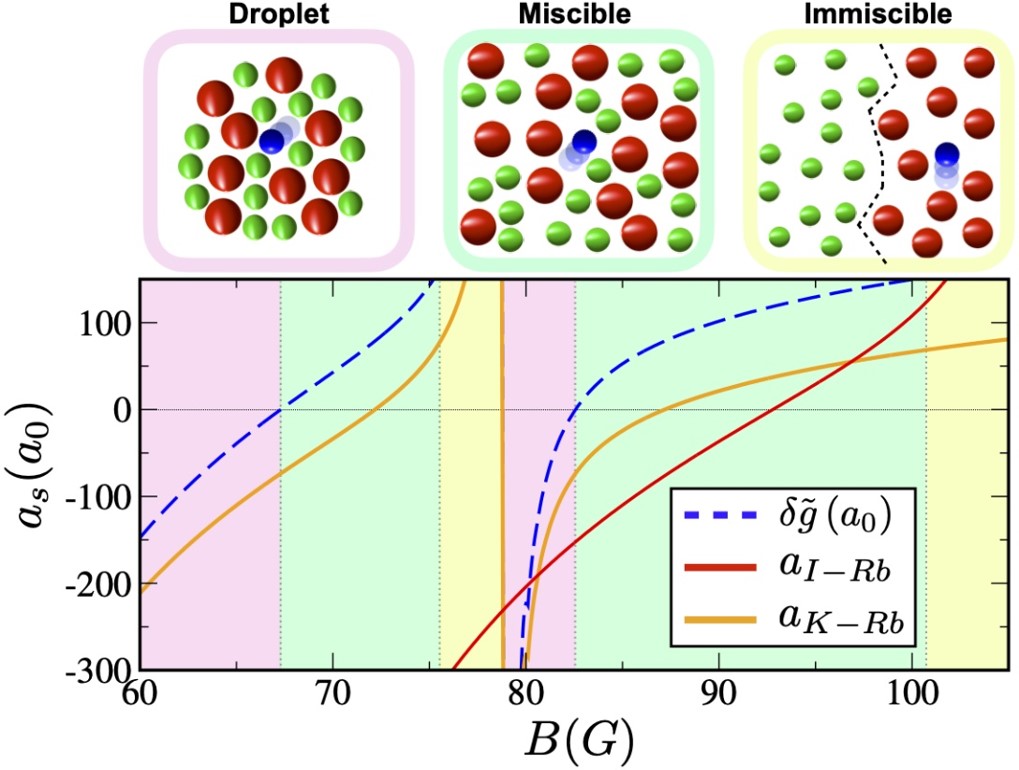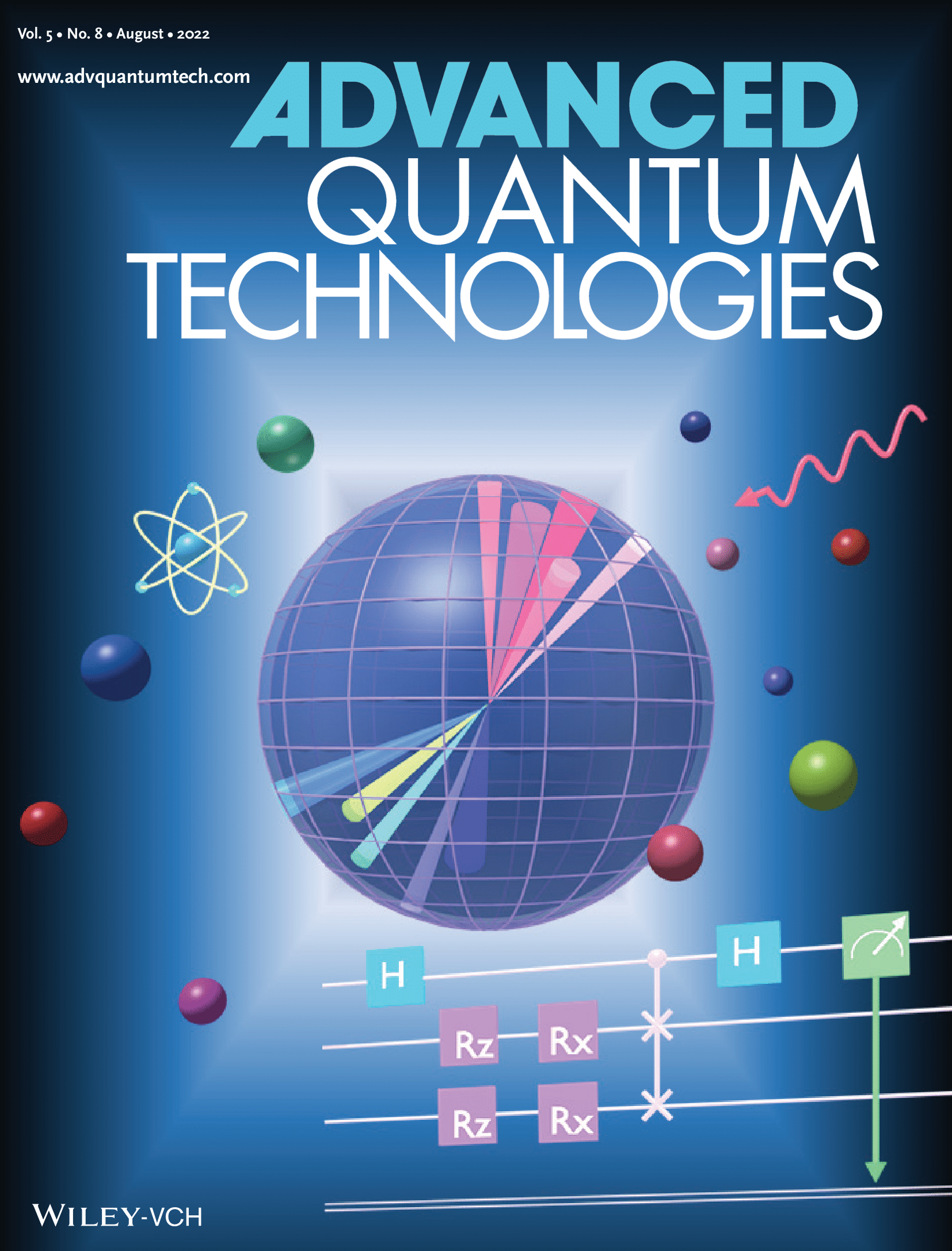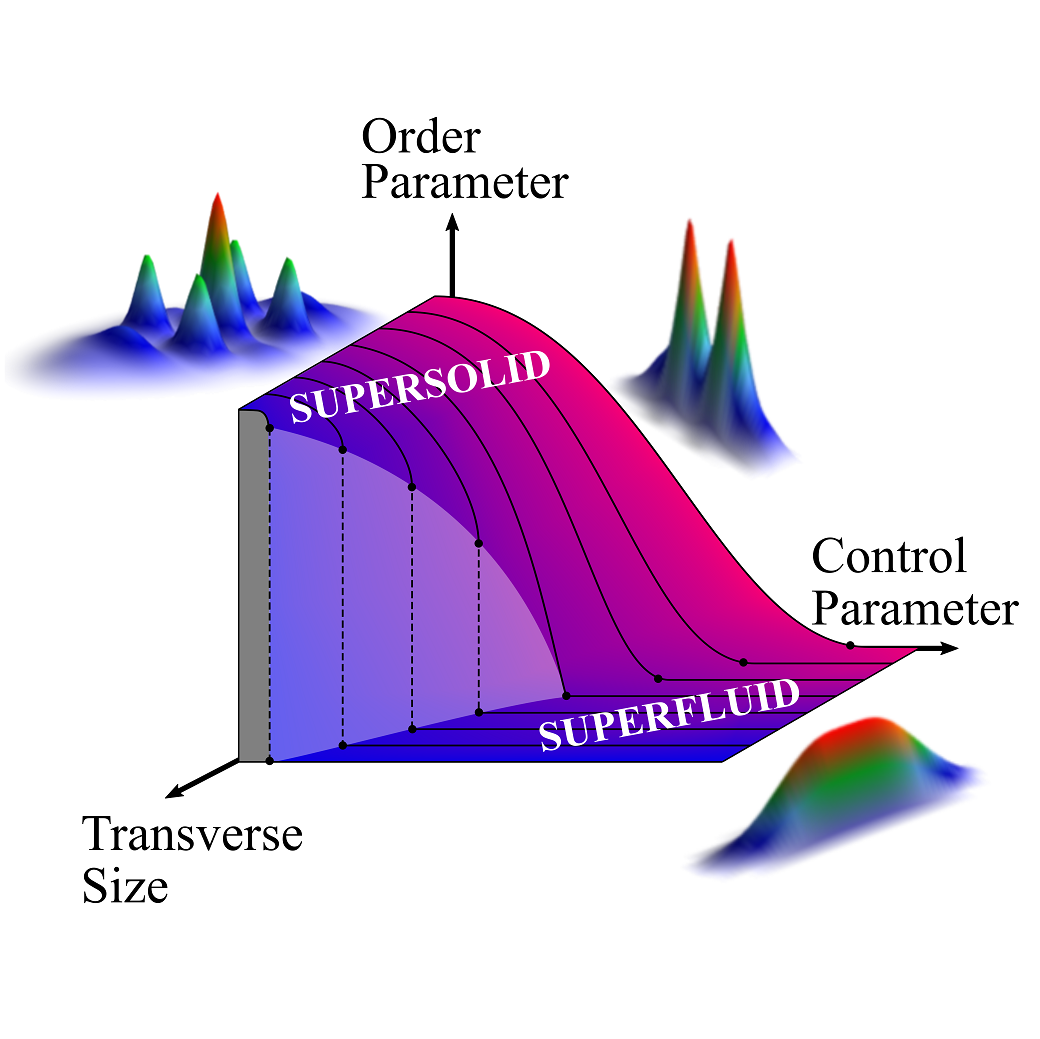 |
During the national congress of the Società Italiana di Fisica (SIF), held in Milan from the 12th to the 16th of September, the prize for young graduates in physics, entitled to Giuliano Toraldo di Francia, has been awarded to Giulio Biagioni, PhD student of the Department of Physics and Astronomy of the University of Florence working in the Dy Lab. Giulio's PhD project is focused on the study of the supersolid phase of matter in a dipolar quantum gas. See also the SIF congress webpage |
LAST NEWS
 |
Our work on orientational melting of ion crystals is now published on Physical Review Letter! We studied the peculiar melting of our 2D crystals: the loss of crystallization along the angular direction and its dependence on particle number and impurities reveals the mesoscopic character of the observed transition. Our work paves the way to studies of thermodynamics of small systems and of quantum rotors. Read more on PRL! L. Duca, et al. |
 |
Together with Giacomo Bighin and Tommaso Macrì, we studied the problem of a mobile impurity immersed in a bosonic mixture. We focused on the experimental relevant case of a 41K−87Rb mixture, prepared in its ground-state, with the impurity consisting of a few 41K atoms in the second-lowest hyperfine state. We provided a compressive picture of the impurity across the mixture phase diagram. In the droplet phase, under realistic experimental conditions, we found exotic bound-states where the impurity localized either at the center or at the droplet surface. Our findings provide new insights for the study and detection of Bose polarons in collisionally stable and long-lived Bose mixtures such as the 41K-87Rb one. G. Bighin et al. |
 |
A quantum embedding is a map that can be trained to separate and embed classical data points into a much larger Hilbert space. In the case of binary classification problems, this quantum protocol achieves a geometrical representation of the data in which they are easier to be classified. In the era of big data, this algorithm can provide a remarkable simplification of the intensive preprocessing often necessary for Machine Learning algorithms to perform efficiently. We have developed an extensive experimental study of quantum embedding by implementing a parametrized quantum circuit on two complementary experimental platforms: atomic and photonic. We have compared the results with a similar analysis conducted on the cloud-available Rigetti superconducting quantum processor. The successful results support the promising idea of hybrid quantum technologies for future Quantum Machine Learning applications. (Front cover on Adv. Quantum Technol. Volume 5, Issue 8, August 2022) I. Gianani, et al., |
 |
The supersolid is a long-sought quantum phase of matter combining properties of superfluids and crystals, finally discovered in quantum gases of magnetic atoms. The experiments usually cross a quantum phase transition from a homogeneous superfluid to the density-modulated supersolid. But very little is known about this novel type of phase transition. Here, we find experimentally and theoretically that the superfluid-to-supersolid quantum phase transition resembles ordinary crystallization transitions but with important novelties due to the peculiar ways in which supersolids are different from superfluids and solids. We see evidence of two types of transitions, continuous and discontinuous, which can be linked to the second- and first-order phase transitions expected for 1D and 2D systems, respectively. Interestingly, we find that the dimensionality of a supersolid depends not only on the underlying lattice structure but also on the structure of the density background that provides phase coherence among lattice sites. Our analysis provides a general framework based on Landau theory—a general theory of phase transitions—which allows us to reconcile previous results in the field. The continuous transitions we find provide access to excitation-free supersolids, which can be employed to study fundamental phenomena such as superfluidity and entanglement in this new state of matter.
G. Biagioni, et al. |
